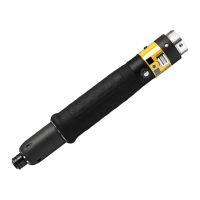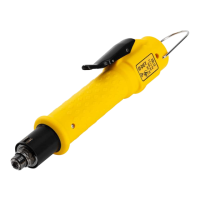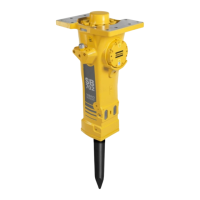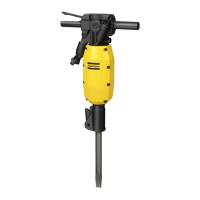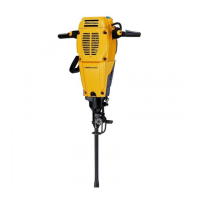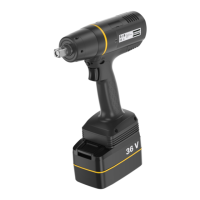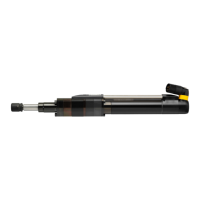Set Up and Maintenance
9836 3521 01 143
This string is then tested against the Significant strings one by one, starting from the top, until a match is
found.
If a match is found, and a Code is specified for the matching string, its value is returned. If there is no
match, or the Code column is empty, the result is set to NOT_DEFINED (-32768).
The resulting Code is available in the PLC as input IDCODE if the table is a part of the Work piece
identifier configuration, or as the input IDTYPE_1_CODE if it is a part of the Multiple identifiers setup. See
PLC chapters: Station variables and Multiple identifier variables for a description of the respective input.
The Significant strings may consist of all characters having an ASCII code between 31 and 126. The
exact number of entries (N) that can be entered depends on the length (L) of the Significant strings
according the following formula: N = MIN(200, 4500 / (L + 3)). Example: If all strings are 27 characters
long then 150 rows can be entered.
Significant string syntax
<Significant string> ::= <RegularExpr> <OptRangeCheck>
<RegularExpr> ::= <Expression> <OptExpression>
<OptExpression> ::= <Expression> <OptExpression> | NOTHING
<Expression> ::= See table below.
<OptRangeCheck> ::= ';' <TagRef> <RelOp> <IntegerValue> <OptRangeCheck> | NOTHING
<TagRef> ::= '\'N where N is a number from 1 to 9. Represents the value of
the Nth "tagged expression" found in <RegularExpr> from the left.
See the below table for a definition of a "tagged expression".
<RelOp> ::= '<' | '>' | '=' | '<=' | '>='
<IntegerValue> ::= A sequence of decimal digits representing an integer number in
the range [0..999 999 999]
Matches any one character.
Matches zero or more occurrences of any alphanumerical character.
Matches one alphabetic character [a-zA-Z].
Matches one decimal digit [0-9].
Matches one hexadecimal digit [0-9A-F].
Tags the text matched by the enclosed expression. The enclosed
expression must either be a sequence of decimal digits or a sequence
of hexadecimal digits. The value of the enclosed expression can be
referred to in a subsequent range check (see <OptRangeCheck>).
Example: {ddd} or {hhhh}
Matches the character following the backslash (\). This allows you to
find characters used in the regular expression notation, such as { and :.
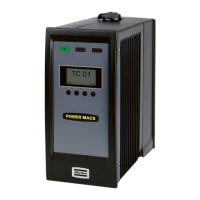
